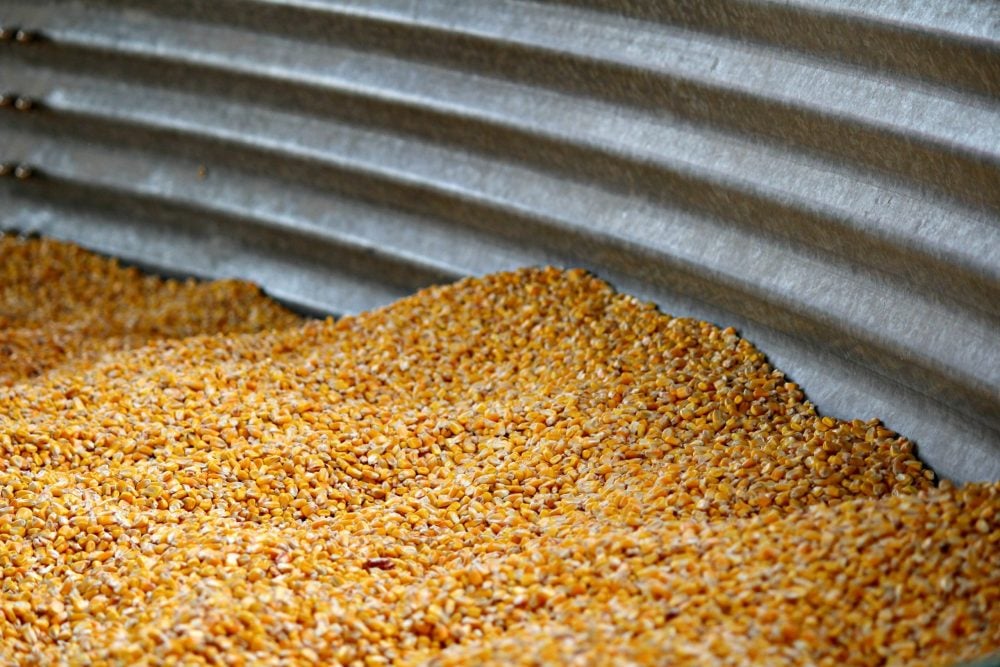Glacier FarmMedia — While demand for feed grains is ramping up for the fall cattle run, placements at feedlots are happening at a slower pace this year, said a Lethbridge, Alta.-based trader.
“I think with the good growing conditions we’ve had, there was lots of grass out there and I don’t think the calves came to market quite as quick as they would in other years,” Matt Beusekom of Market Place Commodities Ltd. said.
Read Also

Only minor shifts in latest AAFC grain/oilseed balance sheets
Updated supply/demand estimates from Agriculture and Agri-Food Canada, released Oct. 17, included only minor adjustments to the balance sheets for the country’s major grains and oilseeds.
While demand is slowly increasing, prices for feed grains as of late were “flat to lower”, said Beusekom. He added that feed barley were being traded in Lethbridge at around C$5.44 per bushel, while feed wheat was priced at C$6.80.
“I think demand will pick up as we move into fall. Barley and wheat, for sure,” Beusekom said. “(Demand for) corn is probably decreasing. It costs a little bit more than wheat and barley per tonne.”
Large supplies of feed grains should limit price movement over the next little while, he explained.
Prairie Ag Hotwire reported delivered bids for Alberta feed barley ranged from C$4.35 to C$5.60/bu., down 28 cents from the month before. In Saskatchewan, bids were steady from C$4.25 to C$4.75/bu. In Manitoba, prices were C$4 to C$4.19/bu., down eight cents.
For delivered feed wheat, Alberta prices were unchanged, ranging from C$5.46 to C$7.25/bu. In Saskatchewan, a bid of C$6.88/bu. was reported, also steady from the past week. In Manitoba, C$5.63/bu. was the only price listed, down 47 cents from last month.














